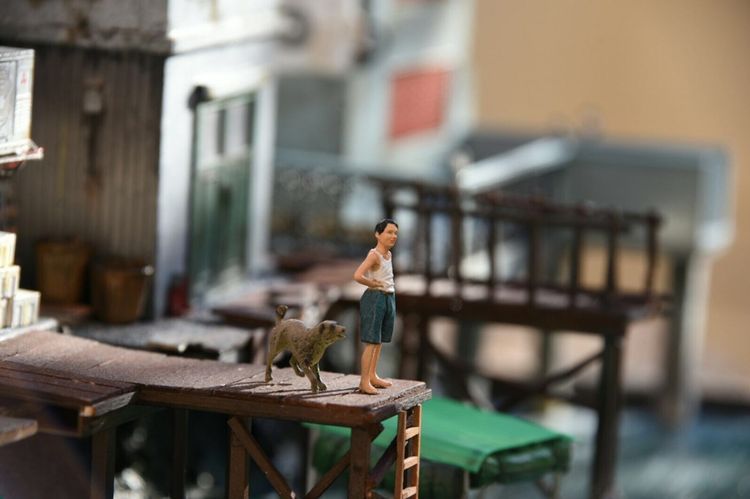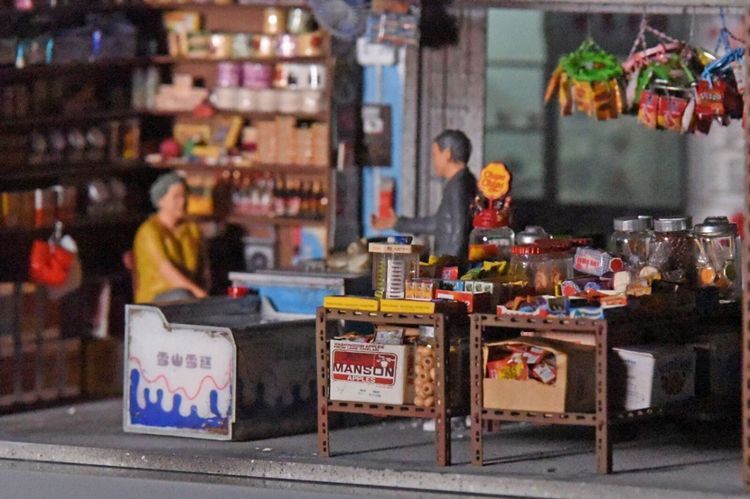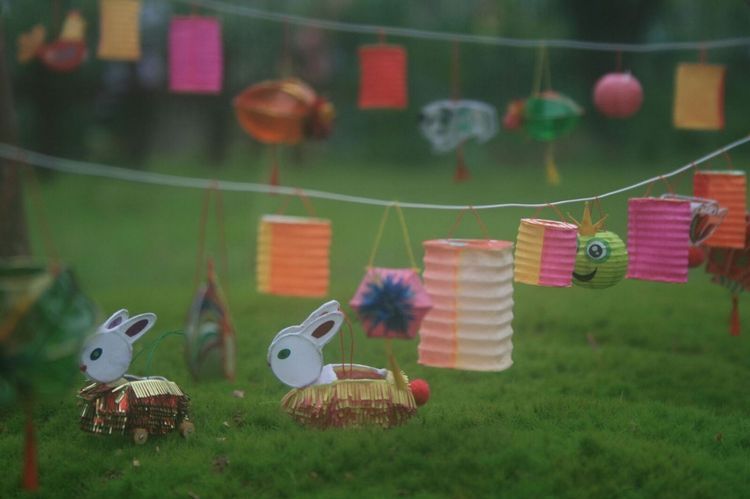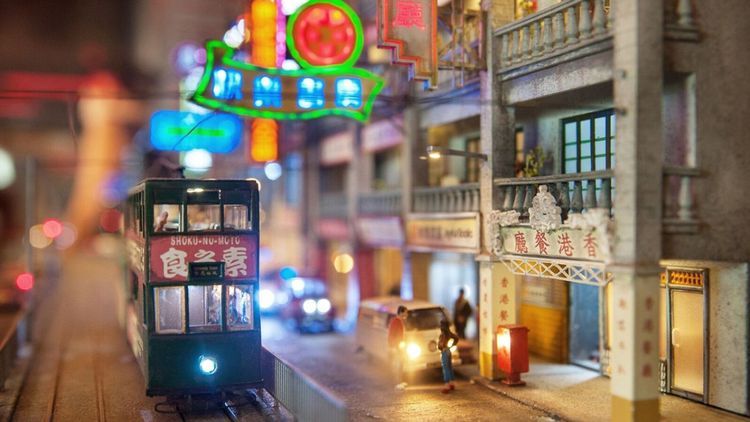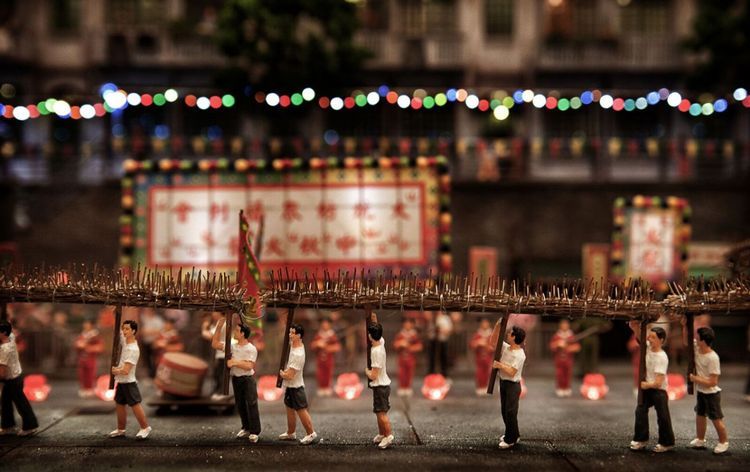These Tiny Works of Art Depict a Disappearing Way of Life in Hong Kong
Hong Kong’s largest miniature art exhibition featured 52 dioramas made by 19 artists
Hong Kong was forever altered in 1842 with the signing of the Treaty of Nanking. The agreement, which formally ended the First Opium War, wrested control of the island off the coast of southeast China from the Chinese and turned it into a British colony for 156 years.
The forced handover of Hong Kong, the first of what China has referred to as the “bupingdeng tiaoyue” or unequal treaties between the nation and foreign imperialist powers, put the island on a unique trajectory, setting it up to become a hub of eastern and western influences and a main center for China’s foreign trade.
In the aftermath of the treaty, Yale historian Peter C. Perdue writes that the island became something like a “frontier boomtown,” where “both foreigners and migrant Chinese went to escape the constraints of life at home or to get rich in a new place.”
Correspondingly, its population ballooned. By 1859, the island of 3,000 people leapt to one of more than 85,000.
Following World War II, Hong Kong experienced another population boom as refugees poured in from mainland China.
“Penniless, many of them could only live in wooden huts they built and one of these squatter villages was located at Mount Davis, an area on western Hong Kong Island,” Grace Tsoi reports for BBC Chinese. Their presence, she writes, helped to transform Hong Kong into a major manufacturing hub, and that history informs "Feature of Hong Kong Chinese New Year Miniature Exhibition." The recent show, which was billed as Hong Kong's largest miniature art exhibition, featured 52 miniature works by 19 artists from the Happy Miniature Arts Society of Hong Kong.
As Shirley Zhao writes for South China Morning Post, the diorama scenes, some of which use augmented reality and 3D printing technology, capture a time that has all but disappeared in Hong Kong’s fast-changing, bustling culture and landscape.
Among the dioramas include scenes of the Lunar New Year Lantern Carnivals, a sunset in the fishing village of Lei Yue Mun and an old-fashioned toy store.
“We want to create time tunnels and bring a vanished Hong Kong back to people,” Tim Ho Kwok-tim, one of the artists who helped put together the show, tells Zhao. “It was a unique time. The city’s style was a combination of Chinese and Western cultures.”
One of his favorites that went on view in the show is a model of the Kowloon Walled City, a public housing development that more than 30,000 people once called home. The space was demolished in 1994. “I never thought of visiting the place when it was being torn down,” Ho tells Zhao.
Another work that captures a snapshot of a bygone era is one of a corner newspaper stand — an ordinary visual for residents of many other cities. But in Hong Kong, very few remain. According to Tsoi of BBC China, while more than 2,000 newspaper stalls existed in the 1990s, fewer than 400 stand today.
Not all of the images depicted in the show have disappeared. As Tsoi reports, some highlighted cultural events are still going strong, like the fire dragon dance in Tai Hang Village, a tradition whose origins trace all the way back to 1880.
